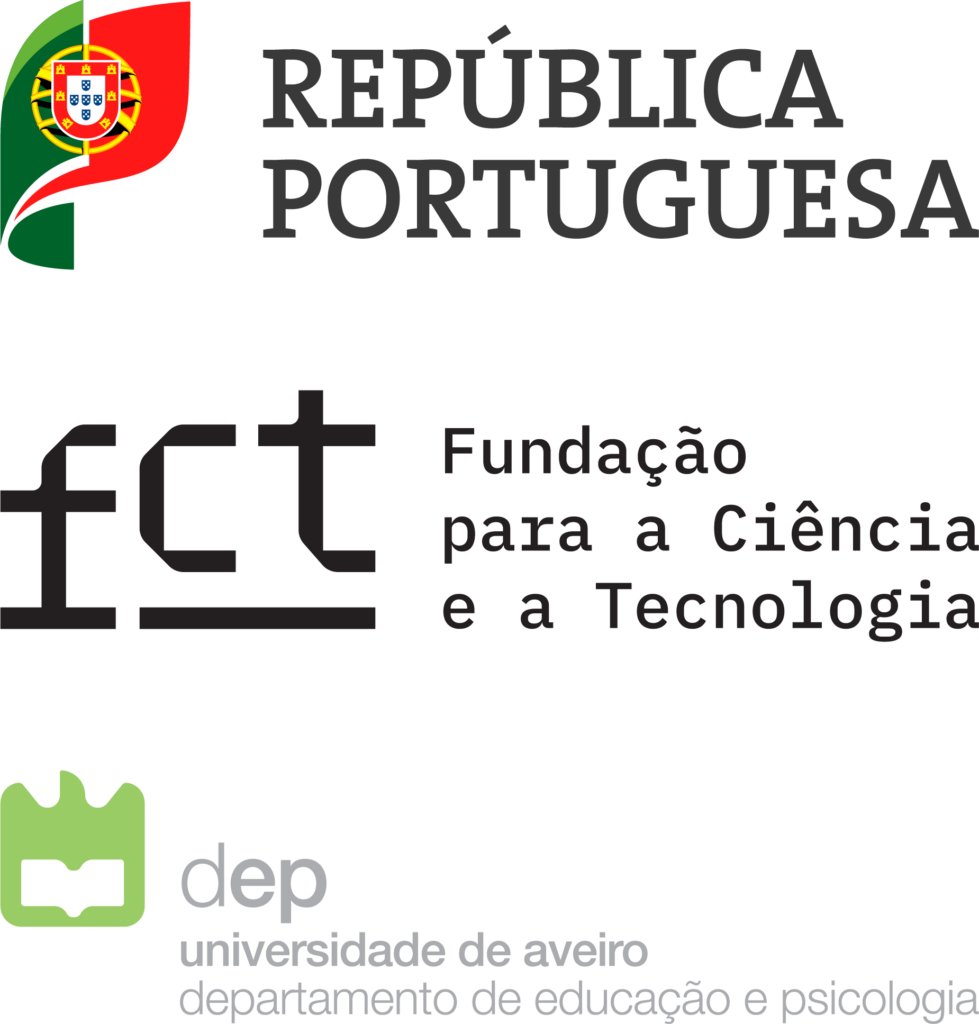Daniel Gonçalves, João Queiroz, Pedro Costa, Isabel Cabrita (CIDTFF), Cecília Guerra (CIDTFF), Maria José Loureiro (CIDTFF) & Filipe T. Moreira
Excerto:
“Why tangible programming?
Training pattern recognition, abstraction and spatial orientation, where we musttranspose an object reality to oneself (robots right or left might be different from ours),are important skills that can be used not only as introductory concepts to programming/coding but,also,as a method of thinking and problem-solving to be applied virtually in any subject and level.
Tangible programming also contributes to foster inclusion: due to the interactive and physical nature of tangible programming, where groups of children come together to solve problems, there is a great opportunity to shorten differences in terms of previous exposure and motivation between different backgrounds and groups of children. Teamwork and group discussions can take place and, differently froma classical computer interface, more than one student can be in control of the input,which foster social negotiation and collaborative behaviours.”
– – – – –
Referência:
Gonçalves, D., Queiroz, J., Costa, P., Cabrita, I., Guerra, C., Loureiro, M. J., & Moreira, F. T. (2020). Teachers handbook: a guide for understanding tangible programming and the implementation of the TangIn toolbox of resources. UA Editora. https://doi.org/10.34624/bpy8-4n33





